Why is freeze protection important for outdoor faucets?
The primary role of frost-proof outdoor faucets is to help protect your plumbing from freezing and bursting, which often results in thousands of dollars in water damage. A freeze-proof outdoor faucet can serve as an effective first line of defense against frozen pipes. According to insurance providers, water damage makes up about 30% of home insurance claims, and freezing/bursting pipes is one of the most common causes of water damage. Properly winterizing your outdoor plumbing when the time comes is a crucial step to protect your plumbing and home from damage.

Freeze-proof outdoor faucets are the most effective solution for protecting your plumbing from freezing. There are several different variations of outdoor faucets, so it’s important to take into consideration the climate where you live as well as the location of your outdoor faucet when choosing which model will work best for you.
How do freeze-proof hose bibs work?
Although freeze-proof outdoor faucets may differ in design, they all have a valve that closes at the back end of the hydrant. The valve stops the water within the wall where the piping is protected by insulation.
When turning on the system, the valve opens, allowing water to flow through. When turning off the system, the valve closes, and the remaining water drains out so there is no water left in the stem. For the most part, standard freeze-proof faucets have similar components. Their primary elements are:
- Brass hydrant body and stem
- Wheel handle or quarter-turn handle
- Brass stem rod
- Valve seat
- Rubber washers
- Packing components
- Inlet
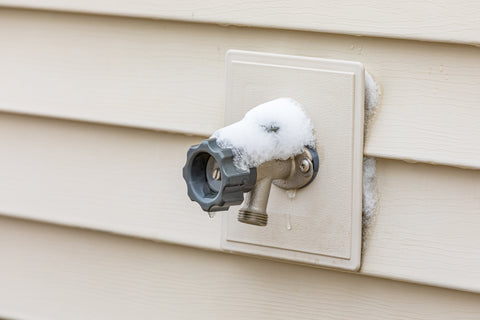
Aquor’s House Hydrants have a unique design. The marine grade stainless steel outdoor faucets use water pressure to seal, rather than a screw and washer. Aquor hydrants include:
- Stainless steel hydrant body
- Delrin hose connector
- Stainless steel operating rod
- Viton O-Rings
- Inlet
- Debris cover
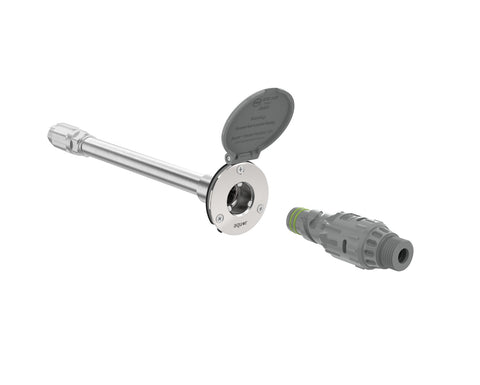
Choosing and installing a freeze-proof hose bib
Installing a freeze-proof faucet is relatively simple as far as plumbing goes. Many homeowners can DIY their outdoor faucet installations, but we always recommend working with a professionally licensed plumber if you’re unsure about any aspect of the installation.First, choose your preferred model and the correct faucet stem length. The stem length you need is dependent on the depth of your wall, e.g., 2×4, your siding, and the location of your hose bib, e.g., in-wall or basement. Need help? Read our guide for choosing the correct outdoor faucet size.
Read more : How to Refinish a Wooden Porch Swing: The Ultimate DIY Guide
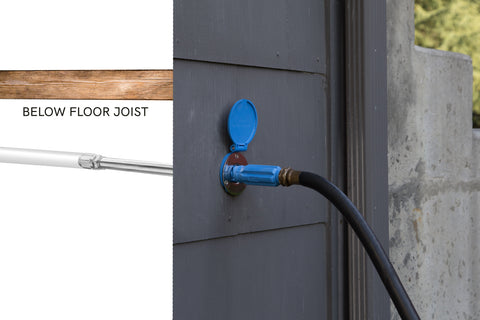 Installing or replacing an outdoor faucet will require several tools and some know-how when it comes to working with your plumbing. Here’s a general overview of the main steps:
Installing or replacing an outdoor faucet will require several tools and some know-how when it comes to working with your plumbing. Here’s a general overview of the main steps:
- Locate the shut-off valve and turn off the water supply to the outdoor faucet
- Cut the piping behind the outdoor faucet
- Remove the existing outdoor faucet
- Install the new outdoor faucet and secure the plumbing connection
- Turn the water supply back on and test for leaks
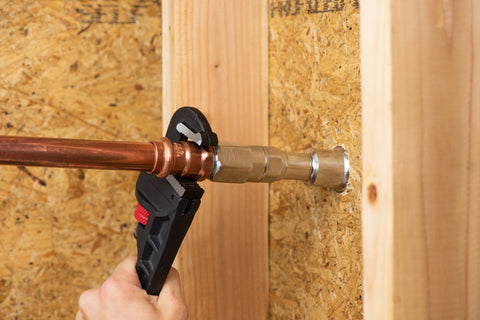
Want a more in-depth install guide? Read this article complete with detailed steps and photos.
Tips for maintaining a freeze-proof hose bib
Although outdoor faucets help protect your plumbing from freezing, homeowners should always practice good habits when it comes to outdoor faucet use and maintenance. Several outdoor faucets include vacuum breakers. It’s recommended by plumbing code to not have wall hydrants with vacuum breakers engaged for more than 12 hours at a time. Constant pressure may impact the effectiveness of the vacuum breaker. When winterizing your home, it’s important to disconnect hoses that are still attached to your outdoor faucet, as water may be sitting in the hose or stem if not completely drained out. For a standard outdoor faucet, homeowners should thread off the hose and store it elsewhere.
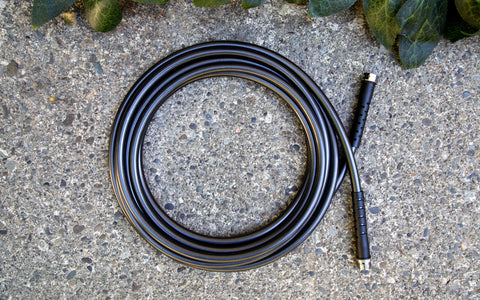
If you have an Aquor House Hydrant, simply unplugging the hose connector as usual will automatically winterize the system for you—any excess water will drain out and you’re good to go! No foam covers needed.
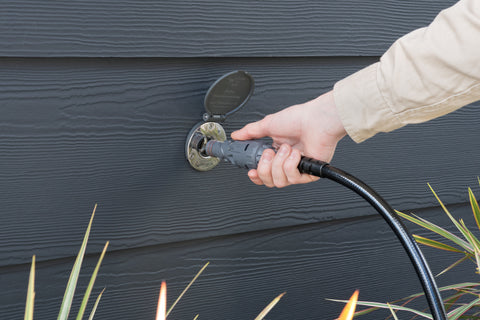
Over time, some outdoor faucet components may begin to wear down. The rubber washers and faucet threads are common parts that degrade. Replacing outdoor faucet washers is relatively cheap and simple, but if the threading is worn down you may need to replace the entire unit.
Be sure to tackle any issues that may arise with your outdoor faucet, even minor leaks. Diagnosing and solving the problem is critical to prevent further damage down the line.
Read more : Outdoor Wood Paint Ideas For Exterior Surfaces
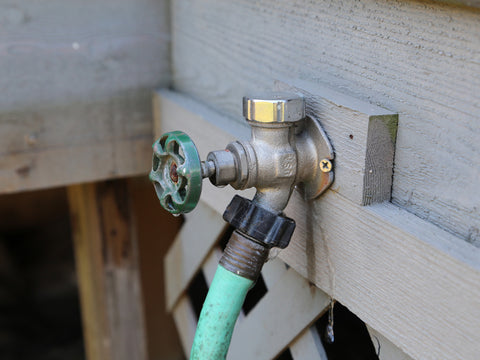 Aquor’s hydrants are designed to minimize maintenance by having only one moving part and utilizing quality materials, like marine grade stainless steel and aerospace grade O-Rings. The hydrants themselves also come with a limited lifetime warranty!
Aquor’s hydrants are designed to minimize maintenance by having only one moving part and utilizing quality materials, like marine grade stainless steel and aerospace grade O-Rings. The hydrants themselves also come with a limited lifetime warranty!
Freeze-proof faucet alternatives
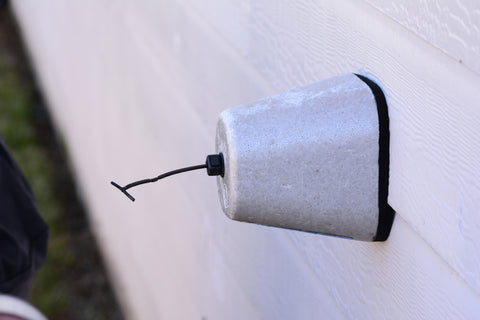
Although frost-free faucets are the best solution for plumbing protection, there are other options available for homeowners who do not wish to install new outdoor faucets.
Some homeowners opt to use heat tape to help protect their pipes from freezing. Heating tape is a heat cable that’s encased with electrical wire. When plugged in, the pipe heater cable helps to regulate temperatures and prevent the plumbing from bursting. Heat tape does require a source of electricity to function and needs to be replaced every three years. Be cautious, as electricity and water do not make for a safe match!
Faucet covers are the most common alternative to frost-free faucets. The large foam caps are placed over the faucet and tied to the unit in order to insulate the faucet for the winter. Covers are usually used in areas with warmer climates (and therefore shorter outdoor faucets) that may experience occasional cold temperatures. We all probably heard about the 2021 Texas freeze…Many homeowners deem foam covers unsightly or difficult to work with. If you find yourself in this camp, Aquor manufactures short-length hydrants for 2×4 and 2×6 walls, which offer superior freeze protection tested down to -30° F. That’s pretty chilly!
Frost protection does depend on your home’s insulation and interior temperature as well. If you have great insulation but you don’t heat your home sufficiently in the winter, it’s still possible that your pipes could freeze! If you’re feeling like a popsicle inside your home for days on end, your pipes may be getting frosty as well.
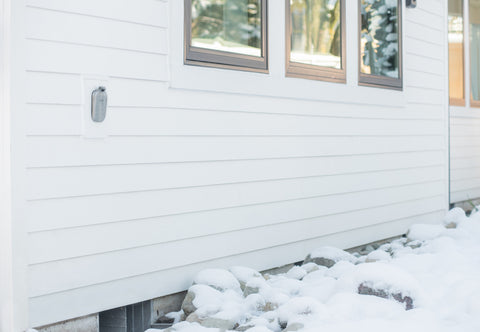
Want more info? Keep reading!
What do you do if your home’s pipes burst? Stay calm and follow these steps, plus take measures to prevent freezing in the future.
See our selection of the best frost-free outdoor faucets. Biases aside, Aquor hydrants are top-notch regarding composition, design, ease of use, and aesthetics.
Source: https://gardencourte.com
Categories: Outdoor

